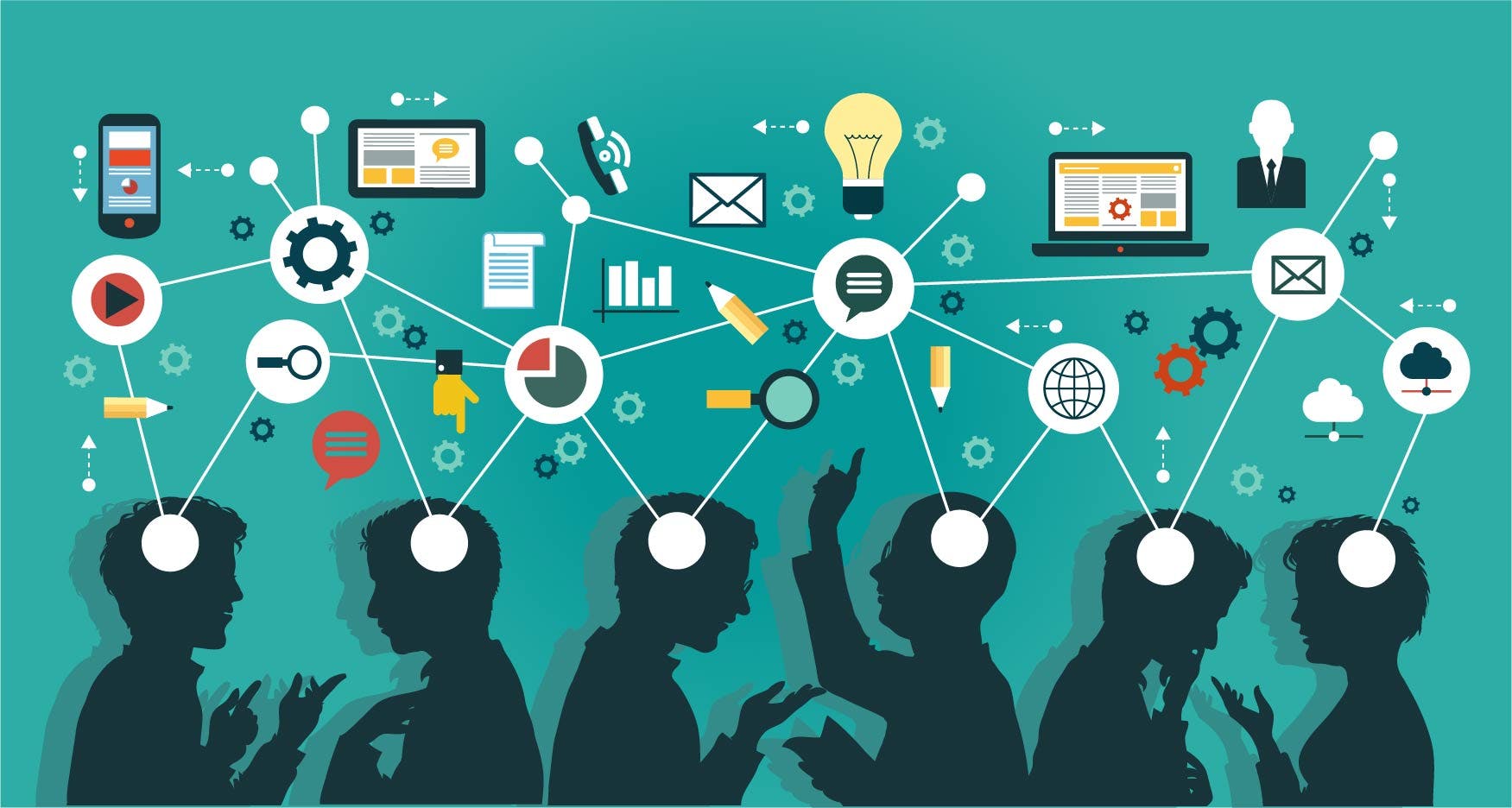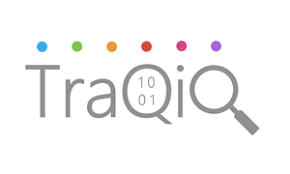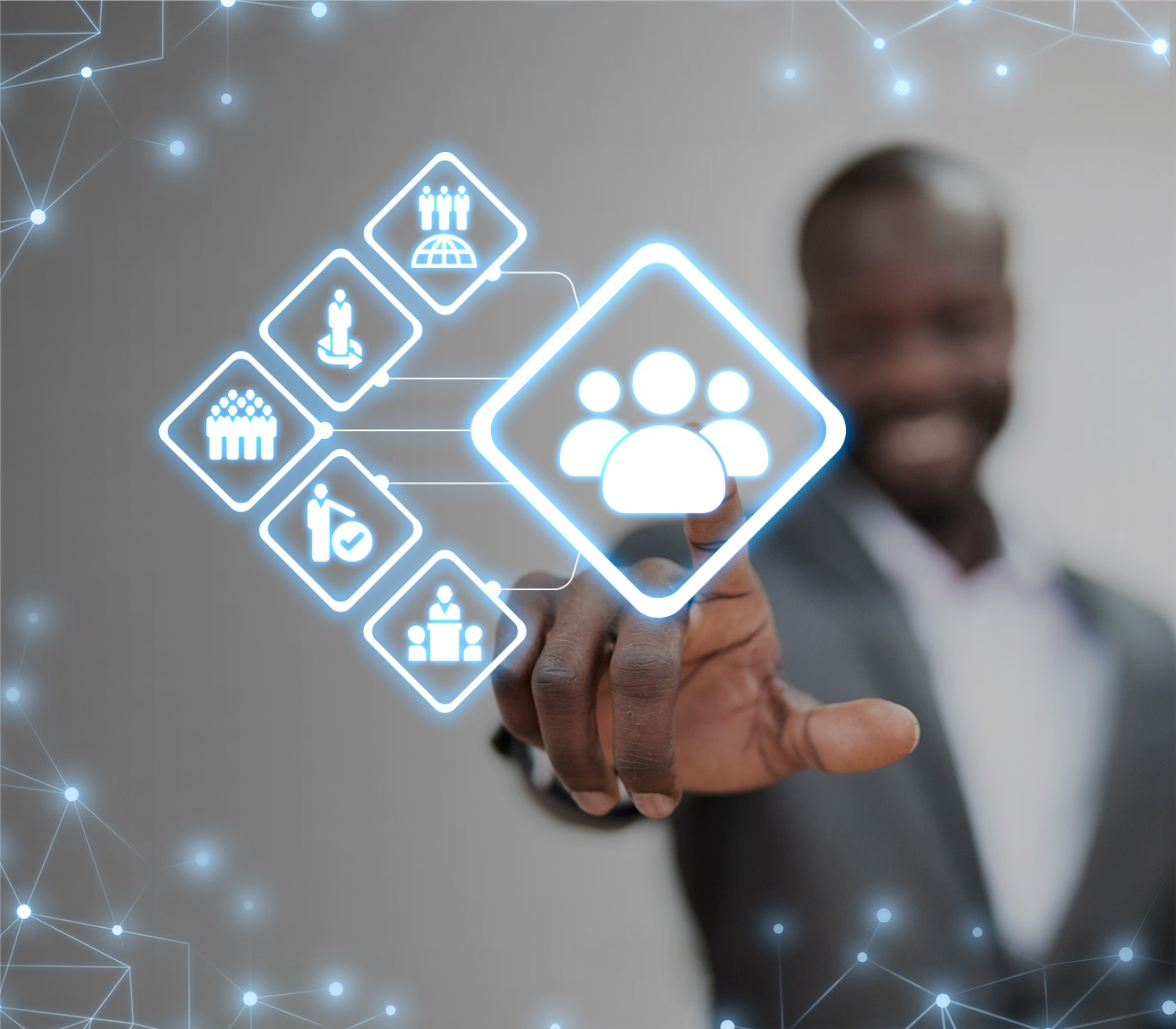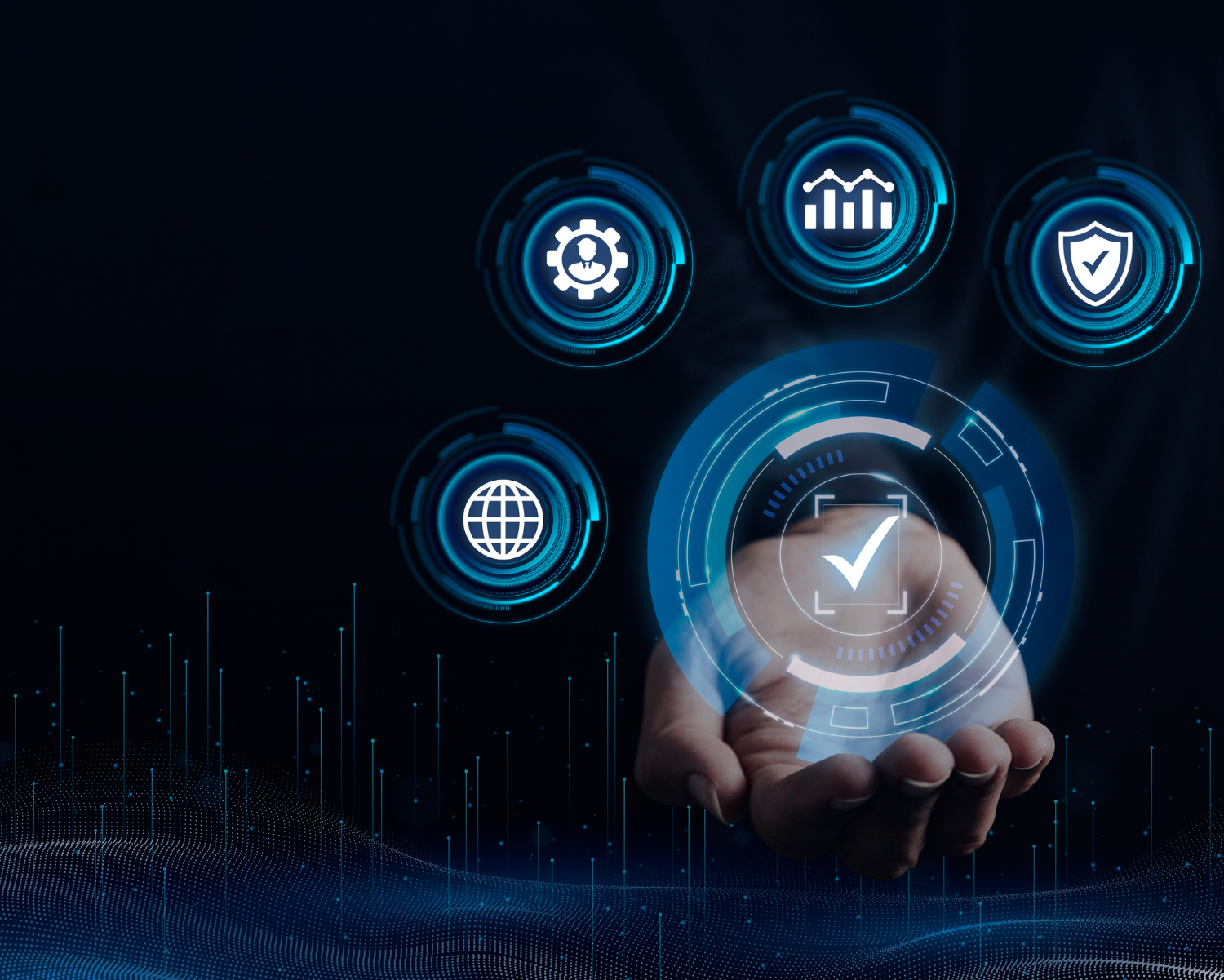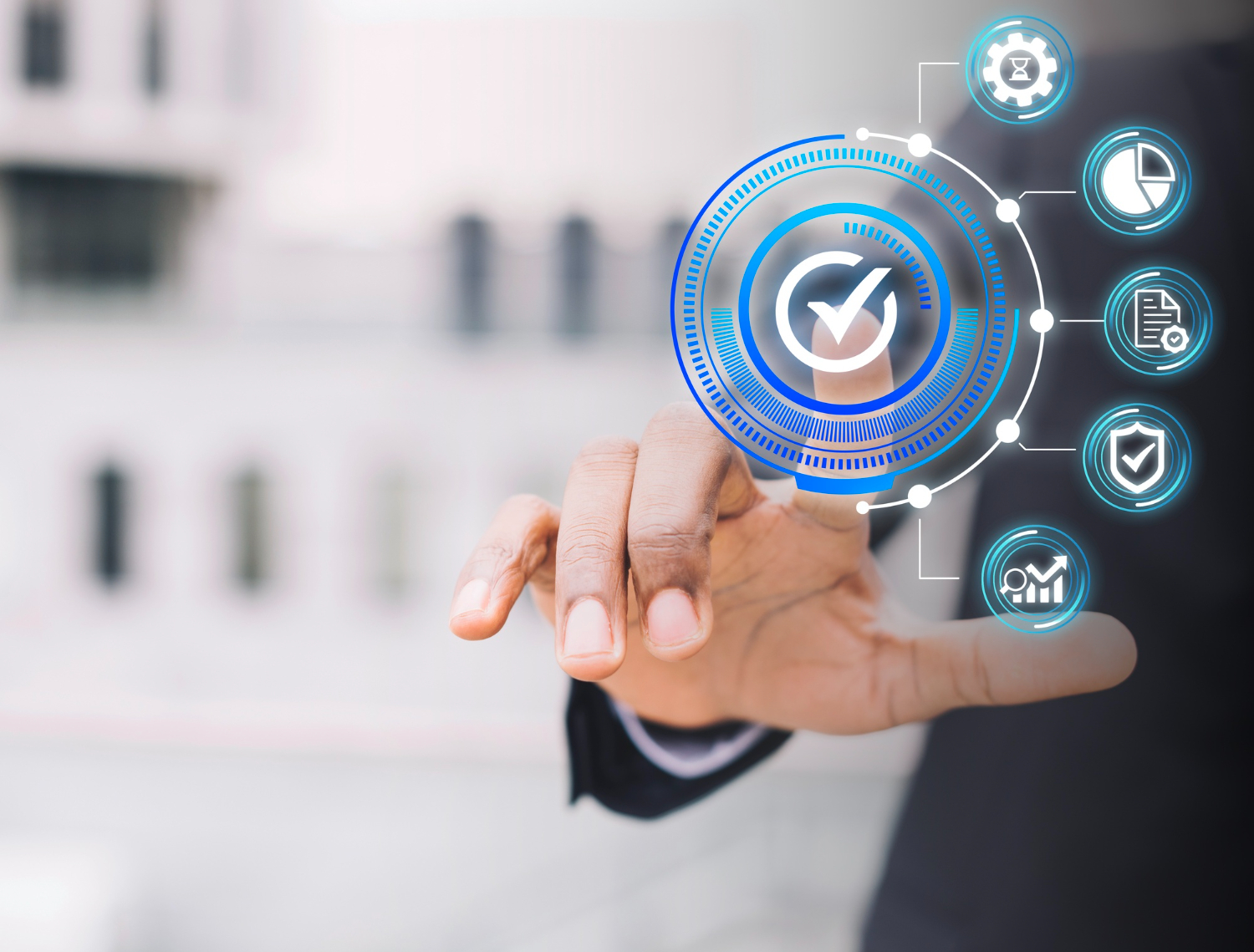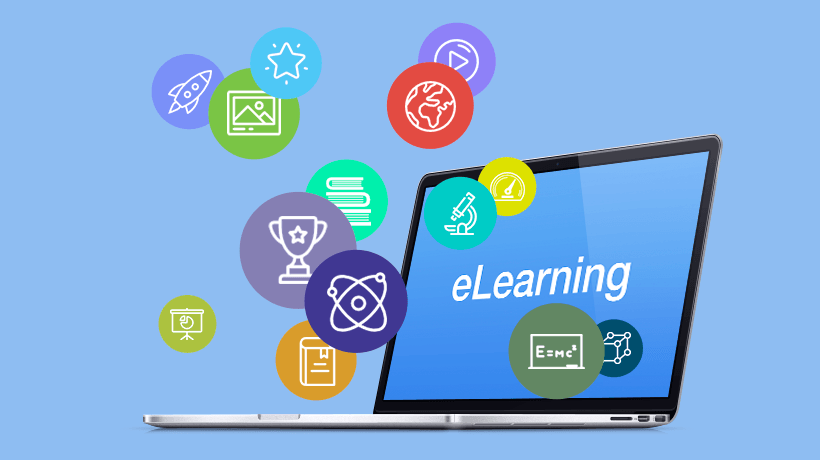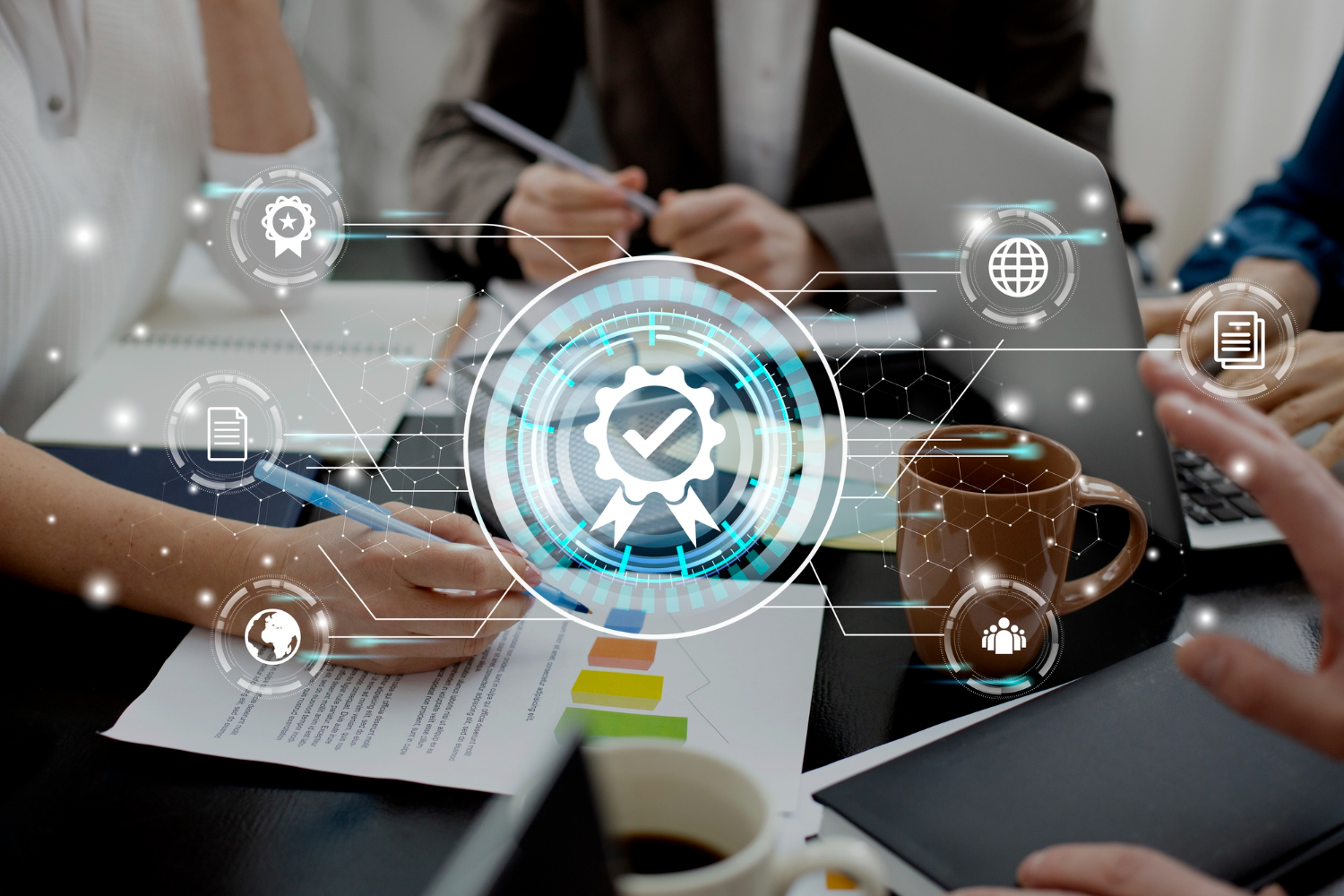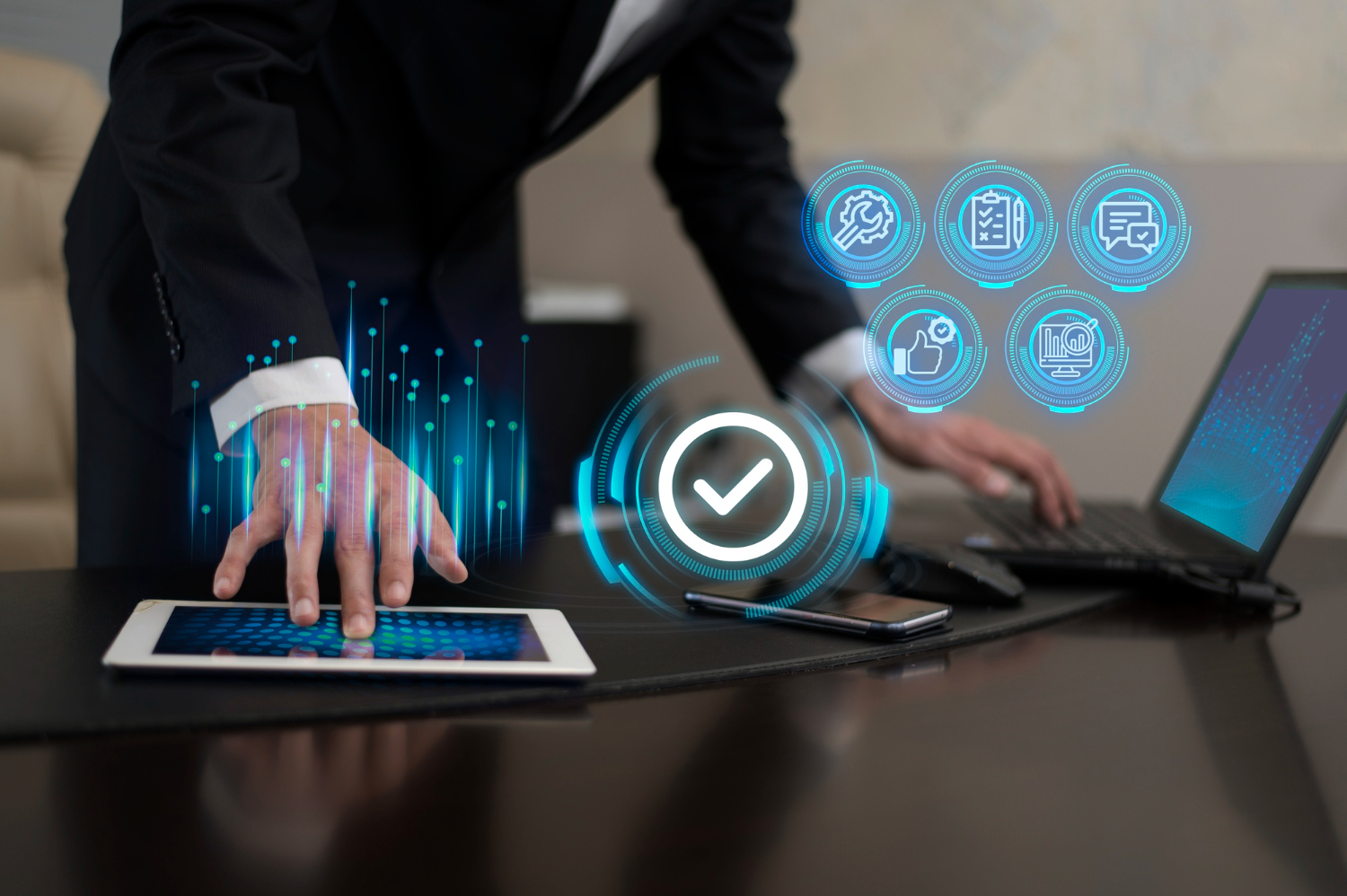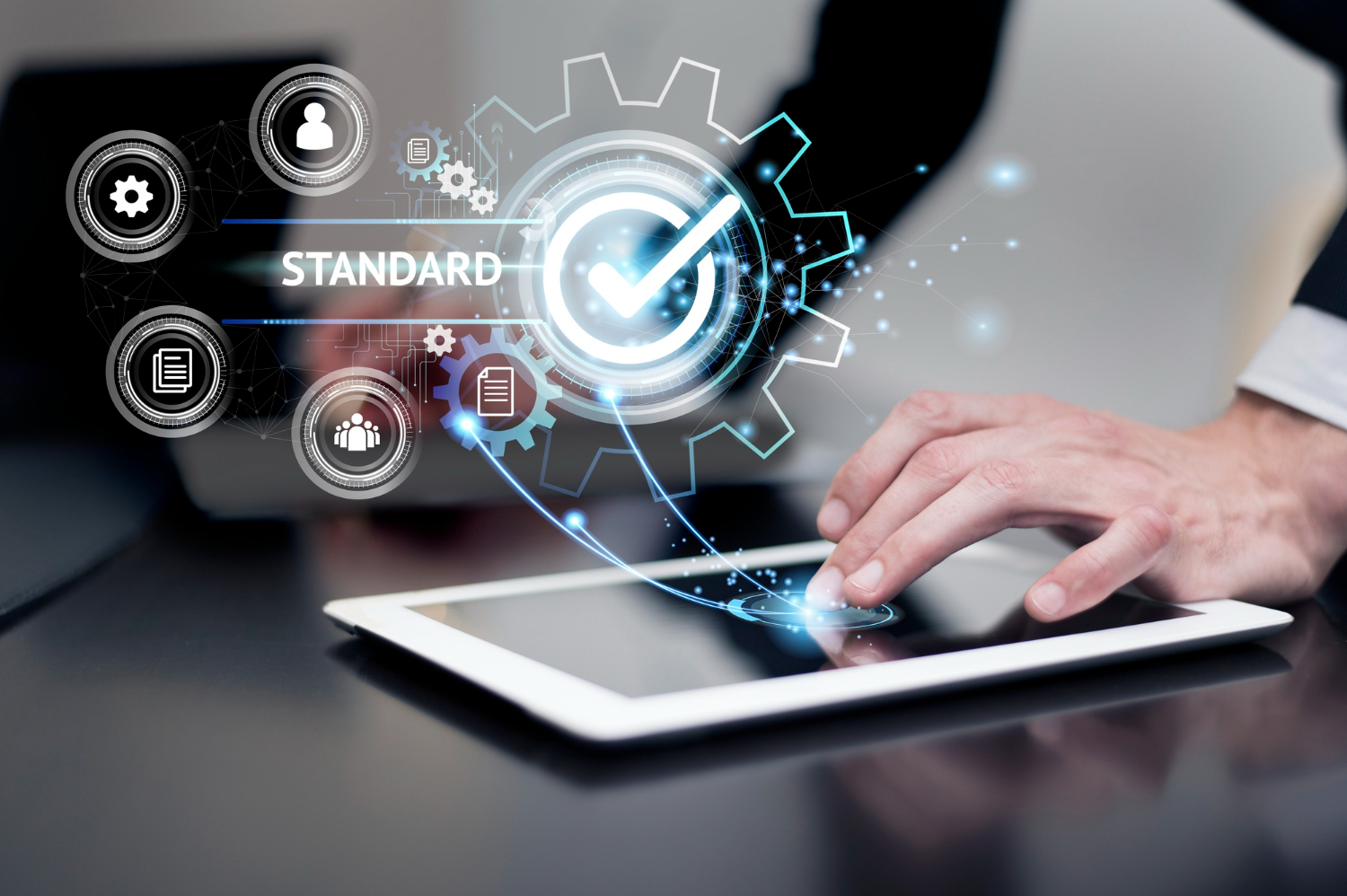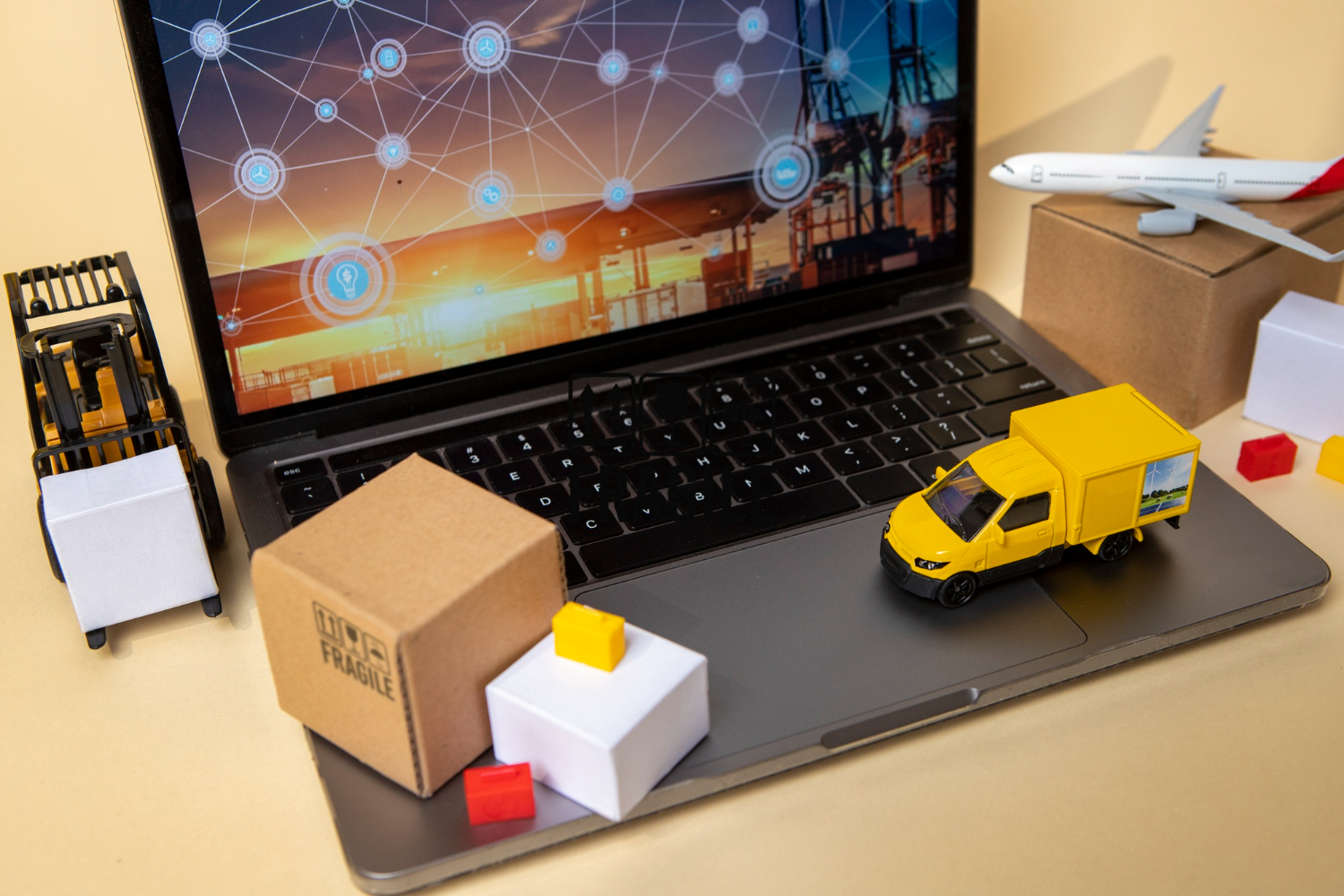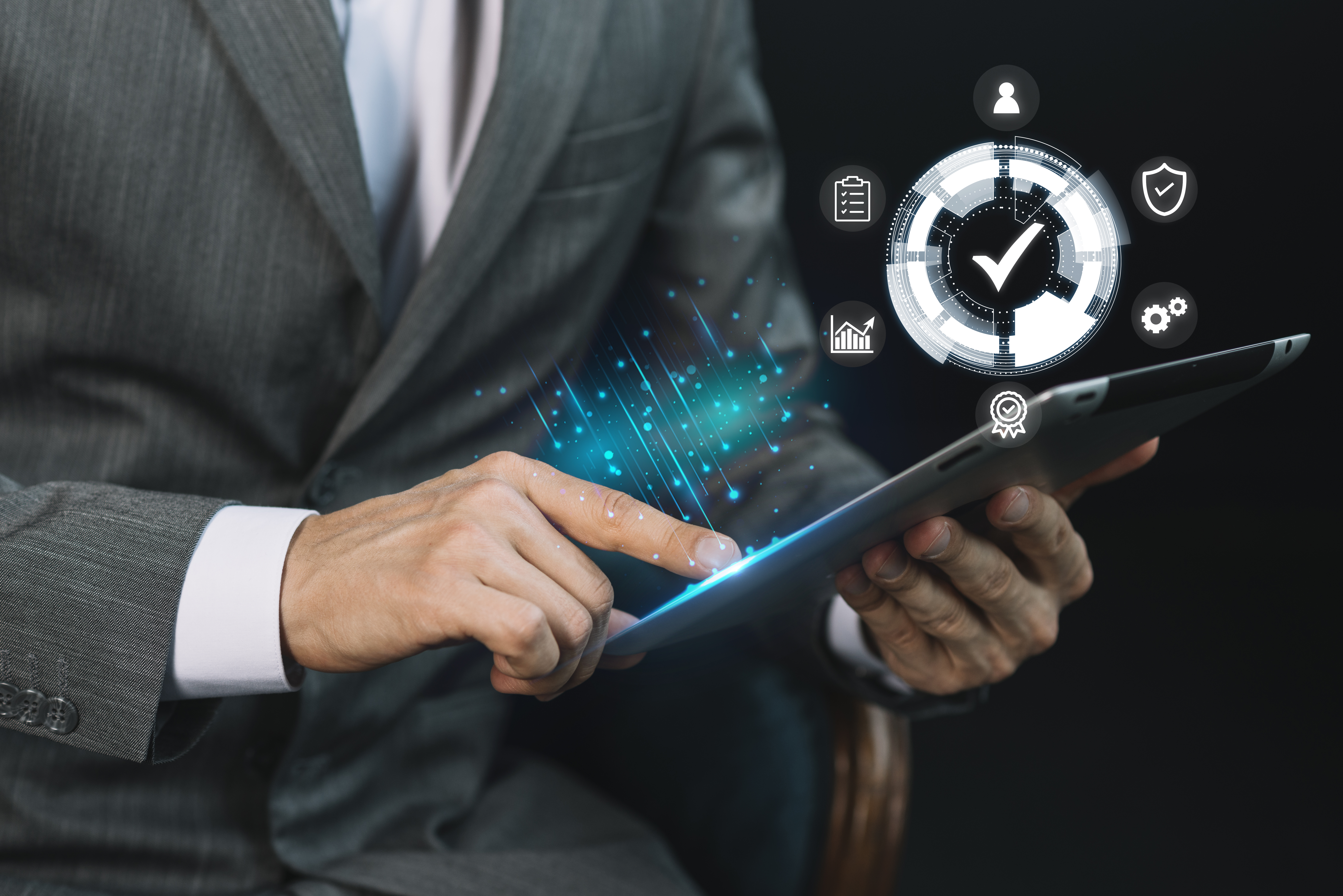In these uncertain times of COVID-19, organizations must co-operate with each other to battle this crisis that has gripped the entire world. Public and private organizations must be ready with their data eco-systems and be prepared to share this space with their partners. This could be beneficial not just for the present but also provide a blueprint for the future and help avert such disasters.
Before companies can reap the benefits of a data eco-system, they need to have a clear picture of how it will add value to their organization. There are 3 main ways companies can add value to their business with the help of a data eco-system:
- Growth: It enables companies to pursue new business opportunities.
- Productivity: It helps organizations to optimize operational efficiency by sharing insights that can improve product design and processes.
- Risk Reduction: Data Eco-systems pools in data from various companies which makes risk analysis easier.
How to fast-track the creation of data ecosystems?
Eco-systems can address and serve multiple business needs of an organization. Some of these are:
- Eliminating friction which could affect flow or supply chain behavior.
- Add value to companies by providing insights into business segments.
- Building partnerships that could disrupt market behavior and solve overall business needs.
How can TraQiQ help?
TraQiQ offers a range of business intelligence and analytics solutions that can help you see beyond raw data. Our experts work with a variety of third-party tools to help with data preparation, mining, management, and visualization.
TraQiQ can help in building the right dashboards for AI-based decision-making tools or build real-time systems that monitor data feeds. Insights from this data can be used to improve customer experience, resulting in better business operations, and providing the right target audience for marketing initiatives.
